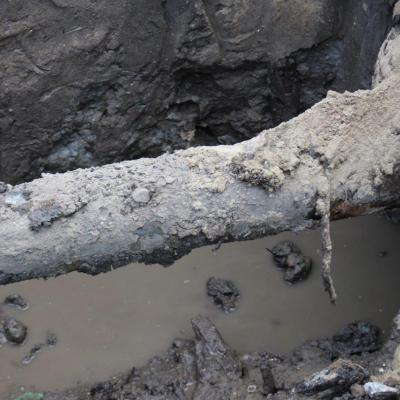Änderung der Regeln für die Sanierung von Rohrleitungen

Article appeared in Trenchless Technology -
As a state owned subsidiary of one of the largest publicly traded water and sewer companies in the United States, New Jersey American Water supplies nearly 3 million people over 14,000 kilometers of water and sewer networks ranging from 2 to 72 inches in diameter. More than half of the New Jersey American Water manifold system is pre-1960s pipe, requiring about 30,000 feet of continuous rehabilitation of pipe per year.
The rehabilitation of pipelines usually brings an additional service life of several decades with it. However, a particular rehabilitated water pipe began to leak and break in many different places at the same time - less than five years after cleaning and lining. The costly and time-consuming rehabilitation and replacement of emergency lines sent New Jersey American Water to search for a way to avoid similar situations in the future.
"What happened is we removed the accumulated tuberculation that was essentially holding them together and ensuring tube integrity," says Wolan. "The real problem, however, was that it was automatically assumed that a rehabilitated pipe was statically sound. We needed reliable data about the true condition of our pipes - and that's when we began to research new technological solutions from Echologics that would help us to optimize our pipe rehabilitation programs.





